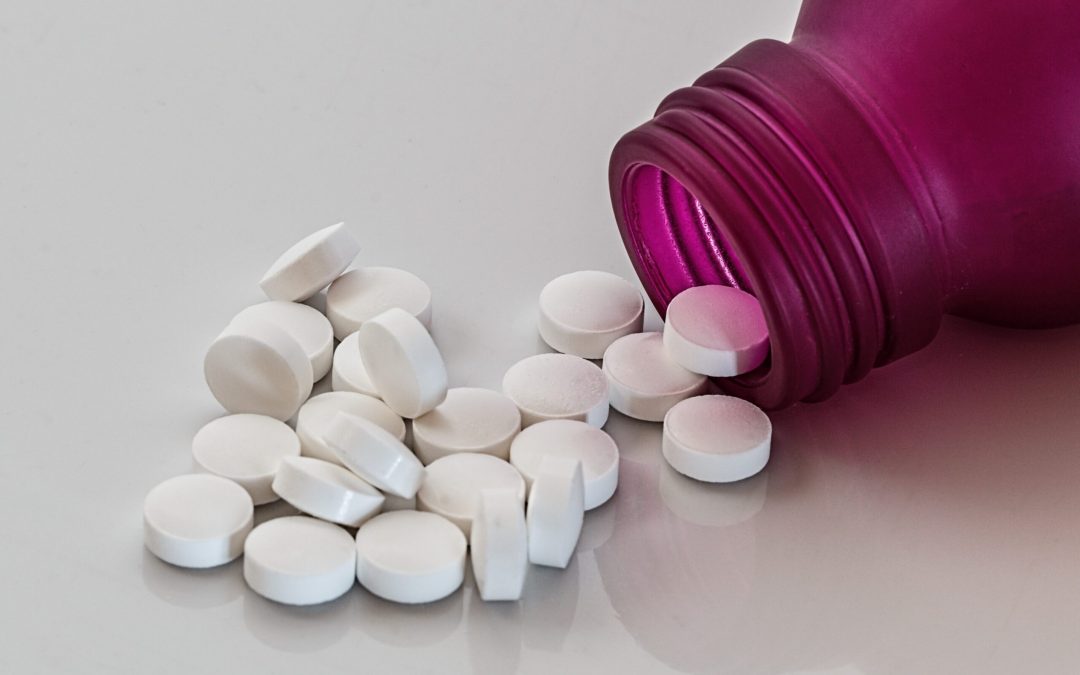Methodology: 3/5
Usefulness: 3/5
Frawley, John et al. “A Comparison of Prehospital Pediatric Analgesic Use of Ketamine and Opioids.” Prehospital emergency care, 1-5. 8 Mar. 2023, doi:10.1080/10903127.2023.2183295
Question and methods: This study sought to compare the pain reduction achieved and adverse event profile of ketamine vs opioids used for pediatric analgesia in the prehospital setting. The design was a retrospective observational study performed through a collaborative database.
Findings: The vast majority of the database entries were administered opioids for analgesia (9,033) with only 190 cases receiving ketamine. While both classes of medication did achieve improvement in pains scores, ketamine was found to be significantly more effective with a reduction of 4.4 points compared to 3.1 points (p<0.001). The only other significant difference identified was the change in sBP between the first and final measures, with subjects receiving ketamine having an average increase in sBP of 1.3mmHg compared to an average drop of 3.3mmHg among those treated with opioids (p<0.001). Slightly more sedation was seen in subjects receiving ketamine, however this outcome did not meet statistical significance. Only 6 subjects overall required BVM without advanced airway placement; they were all treated with opioids.
Limitations: The retrospective nature of this study contributes to the risk of bias. Most of the data collection was limited to the “first and last” such as vital signs, GCS scores and pain scores with narrative analysis limited to cases that received ketamine to confirm the indication was for pain management. As with the previously described paper, the primary outcome was subjective, this time based on self-reported pain scores in children, and no long-term outcome data is available. Another noteworthy limitation is the small sample size of the ketamine group compared to the opioid group, which is associated with a risk of missing high acuity low frequency adverse events. Finally, the biggest issue with the design of this paper is the lack of reporting on doses and routes of analgia administration.
Interpretation: Without having any indication as to the dose and route of the medications used, it’s hard to apply this data to our own practices. It does however suggest, once again, that ketamine is an effective and safe analgesic to use in the prehospital setting, including for pediatric patients.
Author: Dr. Sara-Pier Piscopo
For a review of ketamine vs morphine in prehospital analgesia for adults – click HERE.

